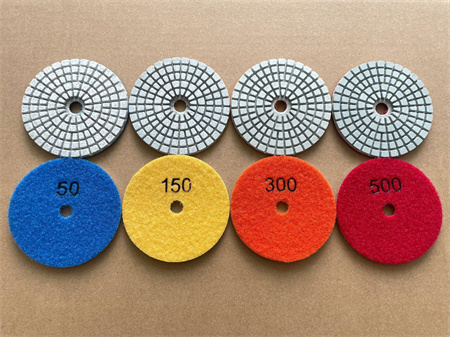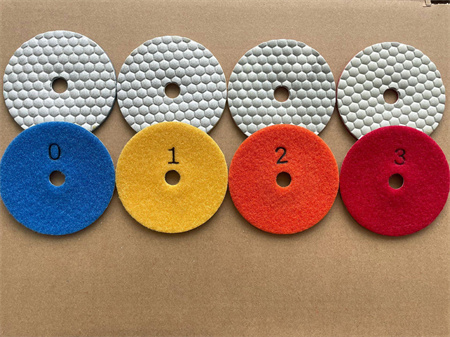Diamond Polish Pad OEM Supplier for Industrial Stone Distributors
In the ever-evolving world of industrial stone processing, the need for high-quality polishing solutions is paramount. Stone distributors looking to provide their customers with top-tier finishing products often find themselves in search of reliable, efficient, and durable tools. That’s where Diamond Polish Pads come into play, offering exceptional performance for both granite, marble, and other stone surfaces.

When it comes to polishing stone, precision and quality are the keys to achieving a flawless finish. Diamond Polish Pads are engineered to provide superior surface polishing, ensuring a smooth, glossy appearance that enhances the natural beauty of stone materials. These pads are designed to work seamlessly with a range of grinding and polishing machines, allowing for effective results even on the toughest surfaces.
As an OEM supplier of Diamond Polish Pads, we understand that stone distributors have specific requirements for their clients. Whether you are working on small-scale projects or large industrial jobs, our Diamond Polish Pads are customizable to meet various needs. From the selection of grit size to the material composition, every aspect of our products is tailored to ensure optimal performance across diverse stone types.
Durability is another critical factor. Stone distributors demand products that can withstand heavy usage without sacrificing quality. Our Diamond Polish Pads are built with long-lasting materials that resist wear and tear, ensuring that your clients can rely on them for multiple uses without needing frequent replacements. This not only reduces costs for end-users but also boosts the overall value of the products you offer.
Another significant benefit of sourcing Diamond Polish Pads from an OEM supplier is the ability to receive products that meet exact specifications, which enhances your competitive edge. Custom branding, packaging, and even unique formulations are available to help your business stand out in the competitive stone supply market. Working directly with an experienced OEM supplier means that you’ll receive products that not only meet but exceed industry standards.

Stone distributors can also benefit from our reliable delivery and customer support services. We work closely with partners to ensure that the products are available when needed, helping to maintain smooth operations and client satisfaction. Our team of experts is always ready to assist with any inquiries, ensuring that your orders are processed quickly and accurately.
By partnering with a trusted Diamond Polish Pad OEM supplier, you can elevate the quality of your product offerings and meet the growing demands of the industrial stone market. With exceptional performance, durability, and customizable options, our polishing pads will provide your clients with the results they seek while enhancing your reputation as a leading distributor in the industry.

If you are ready to take your stone distribution business to the next level, contact us today to learn more about our Diamond Polish Pads and how we can support your business needs.





















